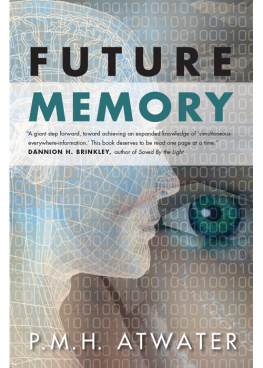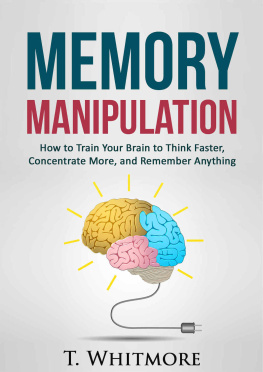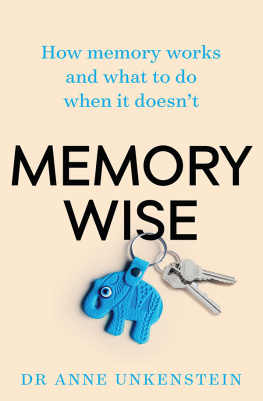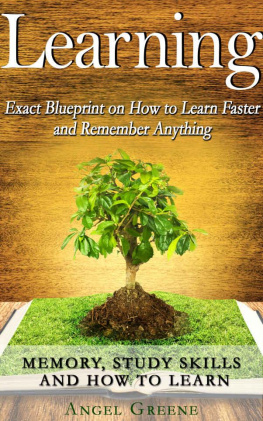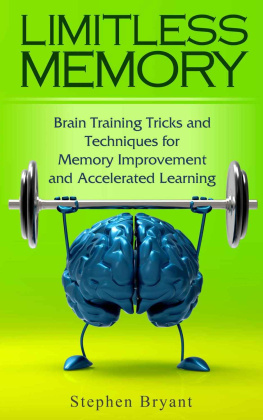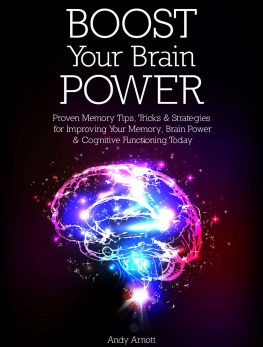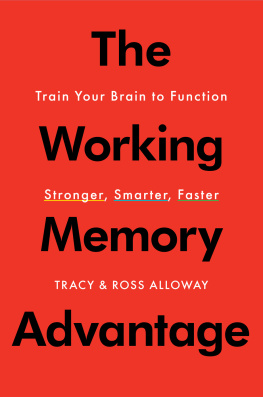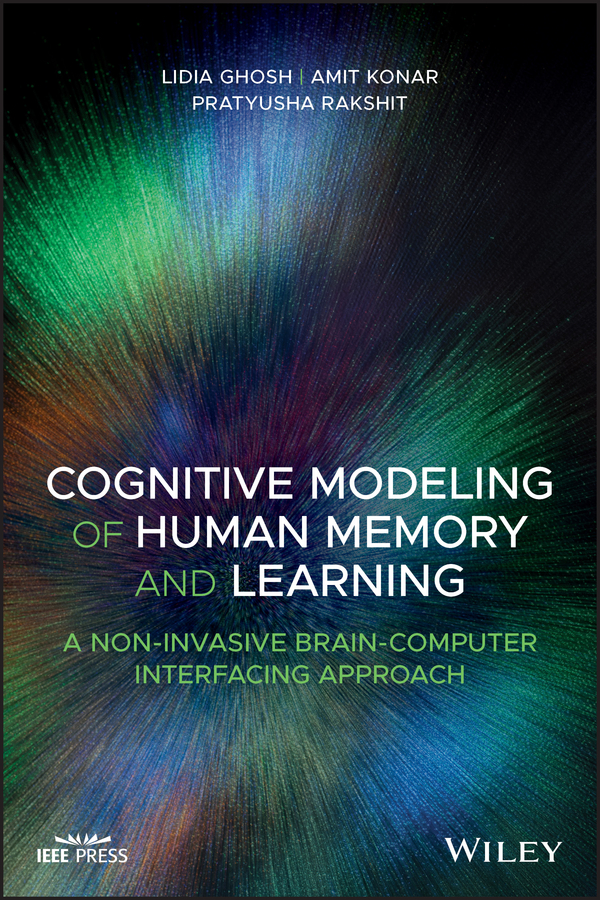Lidia Ghosh - Cognitive Modeling of Human Memory and Learning
Here you can read online Lidia Ghosh - Cognitive Modeling of Human Memory and Learning full text of the book (entire story) in english for free. Download pdf and epub, get meaning, cover and reviews about this ebook. year: 2020, publisher: Wiley-IEEE Press, genre: Romance novel. Description of the work, (preface) as well as reviews are available. Best literature library LitArk.com created for fans of good reading and offers a wide selection of genres:
Romance novel
Science fiction
Adventure
Detective
Science
History
Home and family
Prose
Art
Politics
Computer
Non-fiction
Religion
Business
Children
Humor
Choose a favorite category and find really read worthwhile books. Enjoy immersion in the world of imagination, feel the emotions of the characters or learn something new for yourself, make an fascinating discovery.

- Book:Cognitive Modeling of Human Memory and Learning
- Author:
- Publisher:Wiley-IEEE Press
- Genre:
- Year:2020
- Rating:5 / 5
- Favourites:Add to favourites
- Your mark:
Cognitive Modeling of Human Memory and Learning: summary, description and annotation
We offer to read an annotation, description, summary or preface (depends on what the author of the book "Cognitive Modeling of Human Memory and Learning" wrote himself). If you haven't found the necessary information about the book — write in the comments, we will try to find it.
Proposes computational models of human memory and learning using a brain-computer interfacing (BCI) approach
Human memory modeling is important from two perspectives. First, the precise fitting of the model to an individuals short-term or working memory may help in predicting memory performance of the subject in future. Second, memory models provide a biological insight to the encoding and recall mechanisms undertaken by the neurons present in active brain lobes, participating in the memorization process. This book models human memory from a cognitive standpoint by utilizing brain activations acquired from the cortex by electroencephalographic (EEG) and functional near-infrared-spectroscopic (f-NIRs) means.
Cognitive Modeling of Human Memory and Learning A Non-invasive Brain-Computer Interfacing Approach begins with an overview of the early models of memory. The authors then propose a simplistic model of Working Memory (WM) built with fuzzy Hebbian learning. A second perspective of memory models is concerned with Short-Term Memory (STM)-modeling in the context of 2-dimensional object-shape reconstruction from visually examined memorized instances. A third model assesses the subjective motor learning skill in driving from erroneous motor actions. Other models introduce a novel strategy of designing a two-layered deep Long Short-Term Memory (LSTM) classifier network and also deal with cognitive load assessment in motor learning tasks associated with driving. The book ends with concluding remarks based on principles and experimental results acquired in previous chapters.
- Examines the scope of computational models of memory and learning with special emphasis on classification of memory tasks by deep learning-based models
- Proposes two algorithms of type-2 fuzzy reasoning: Interval Type-2 fuzzy reasoning (IT2FR) and General Type-2 Fuzzy Sets (GT2FS)
- Considers three classes of cognitive loads in the motor learning tasks for driving learners
Cognitive Modeling of Human Memory and Learning A Non-invasive Brain-Computer Interfacing Approach will appeal to researchers in cognitive neuro-science and human/brain-computer interfaces. It is also beneficial to graduate students of computer science/electrical/electronic engineering.
Lidia Ghosh: author's other books
Who wrote Cognitive Modeling of Human Memory and Learning? Find out the surname, the name of the author of the book and a list of all author's works by series.

